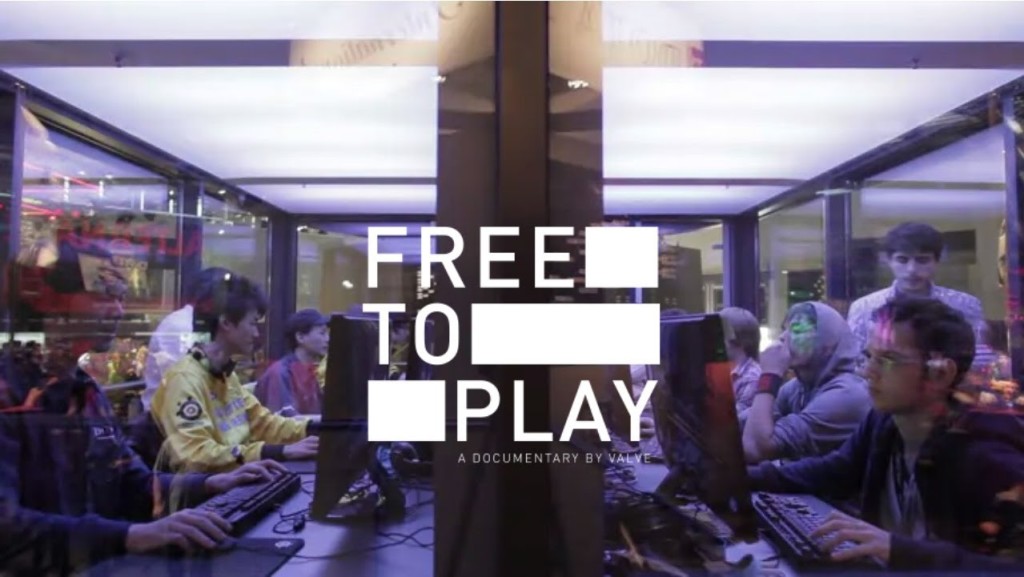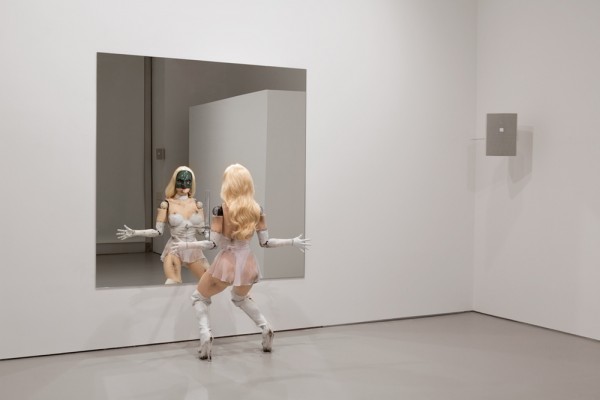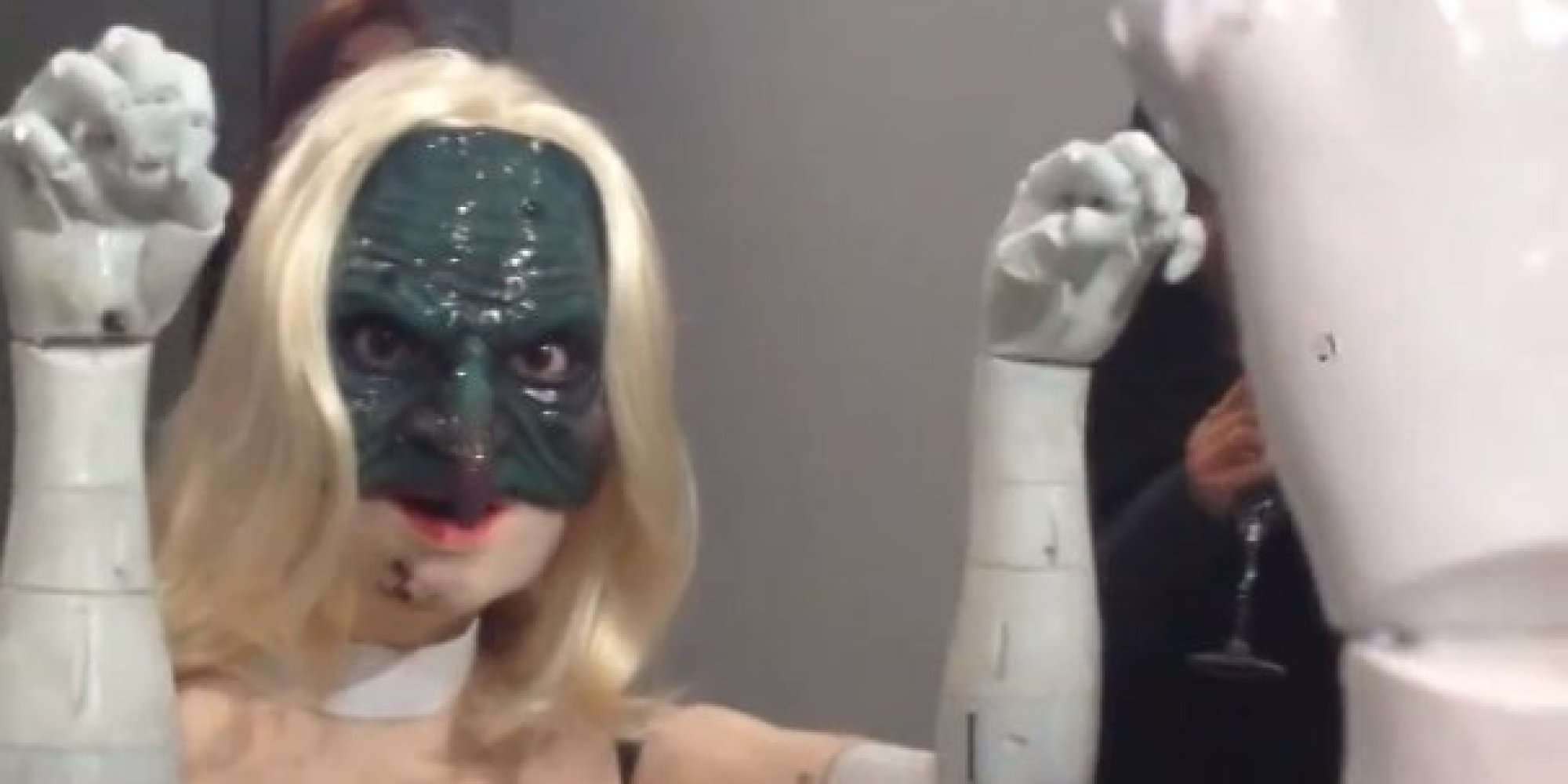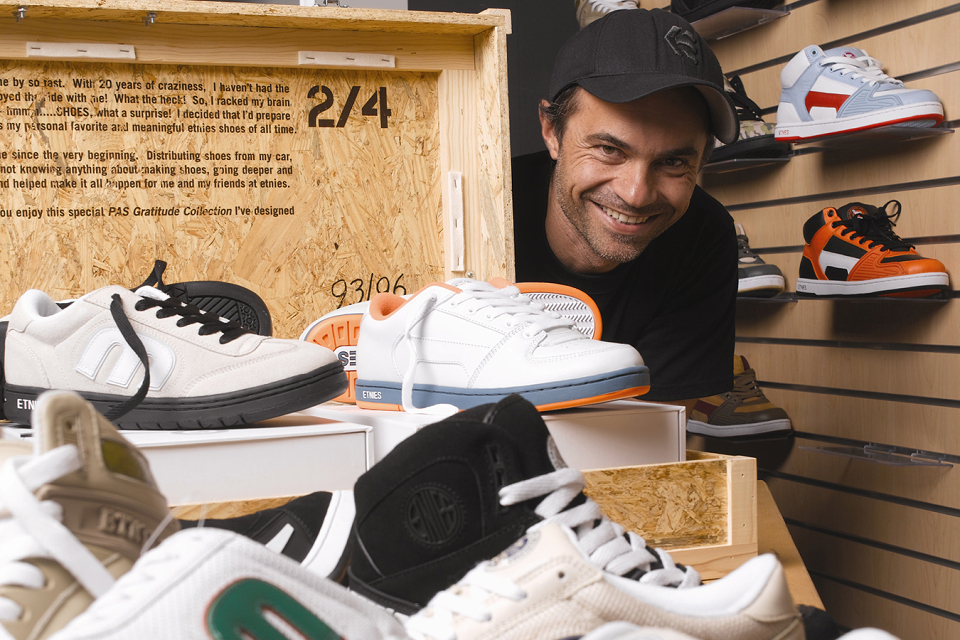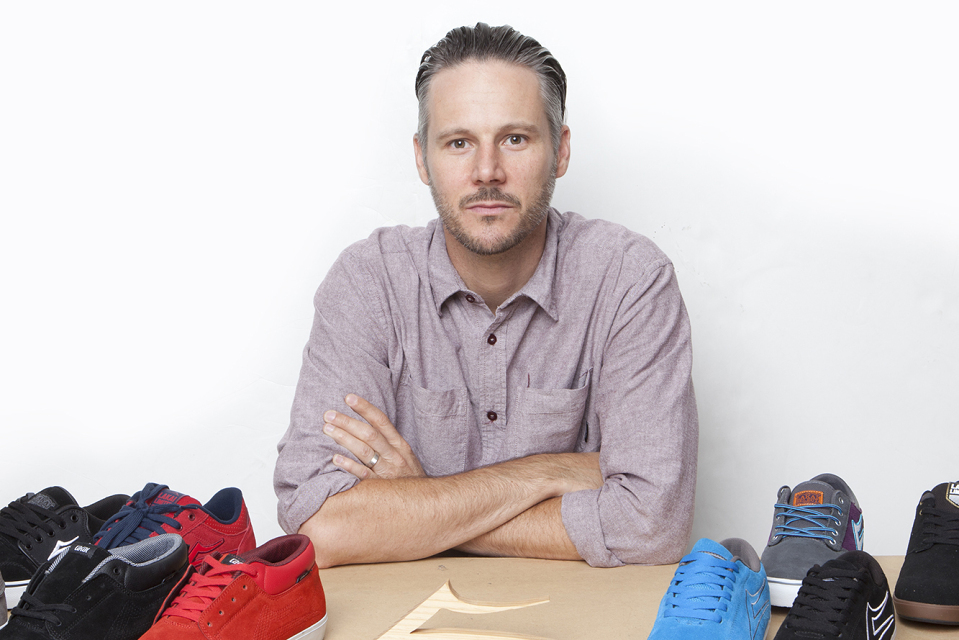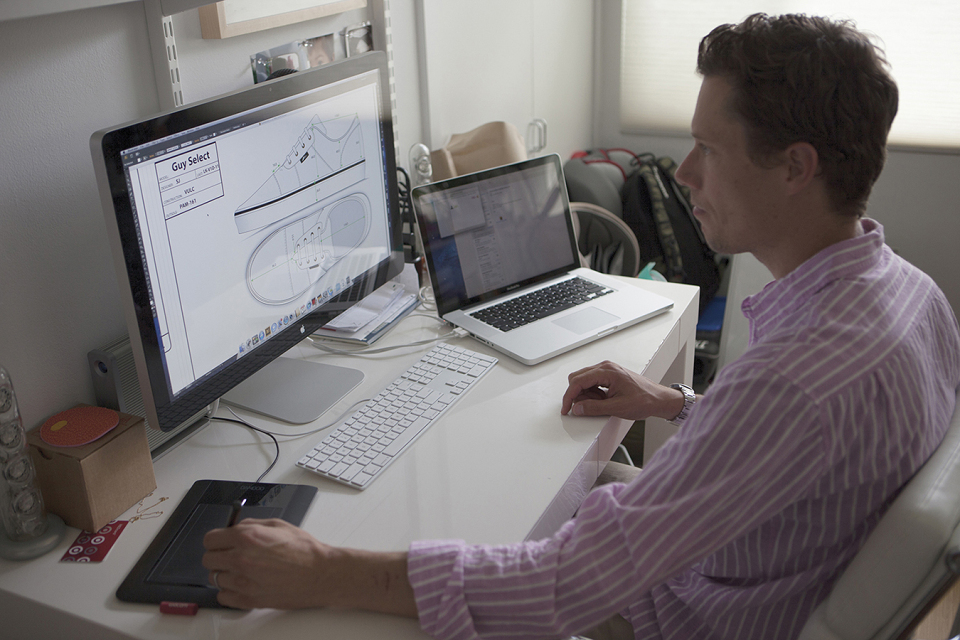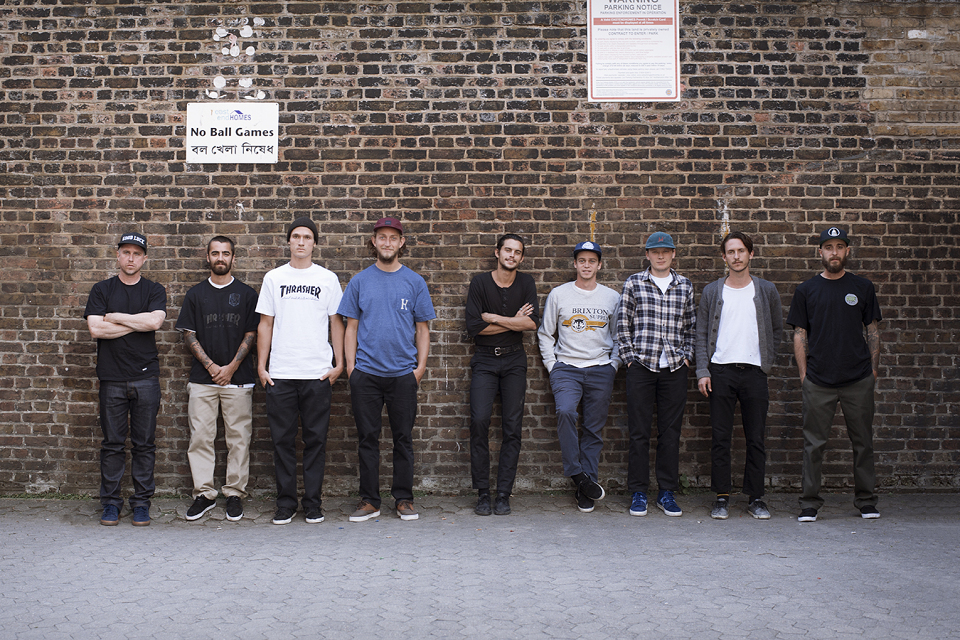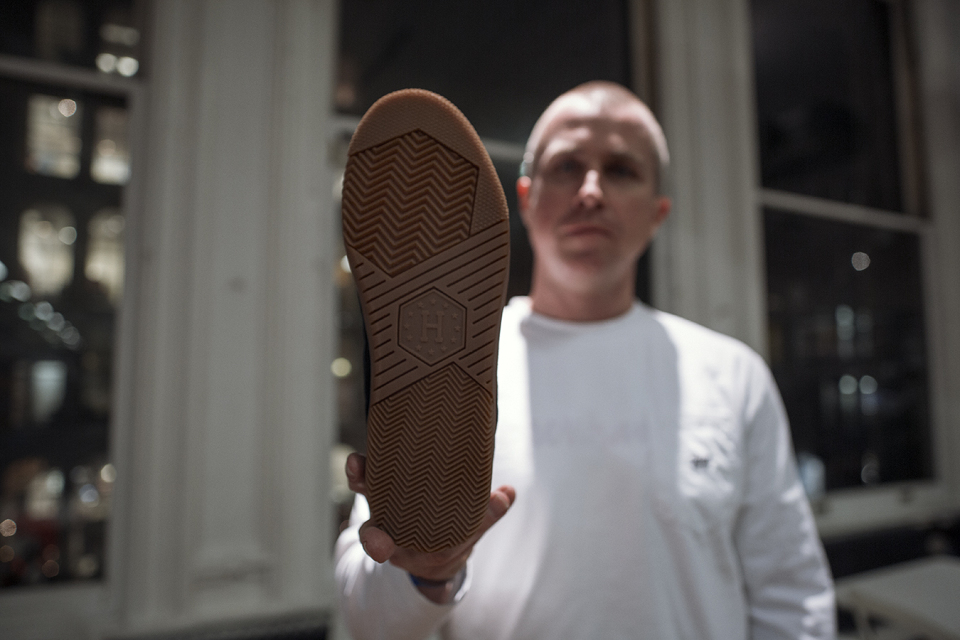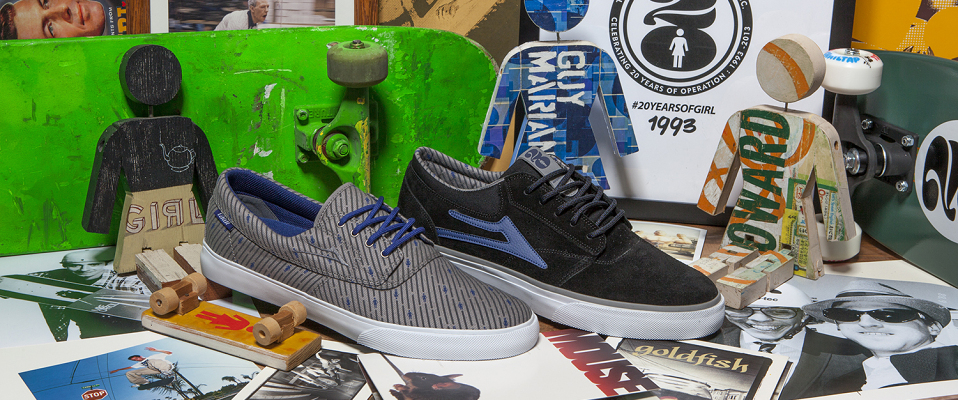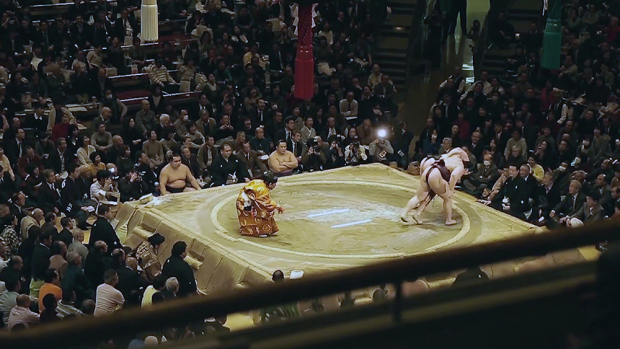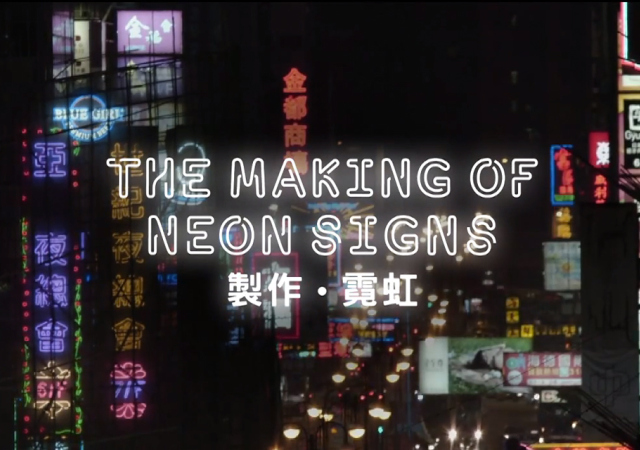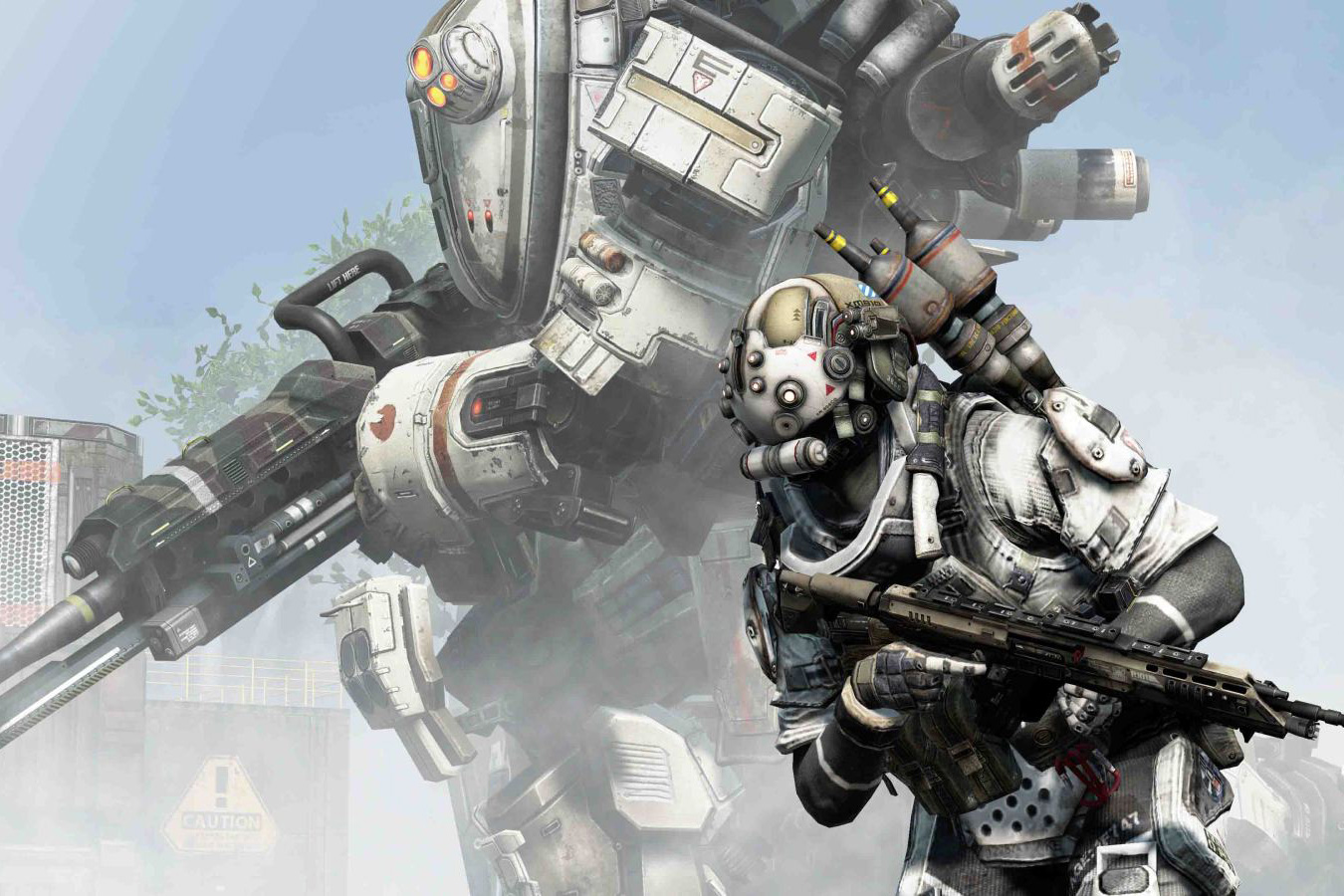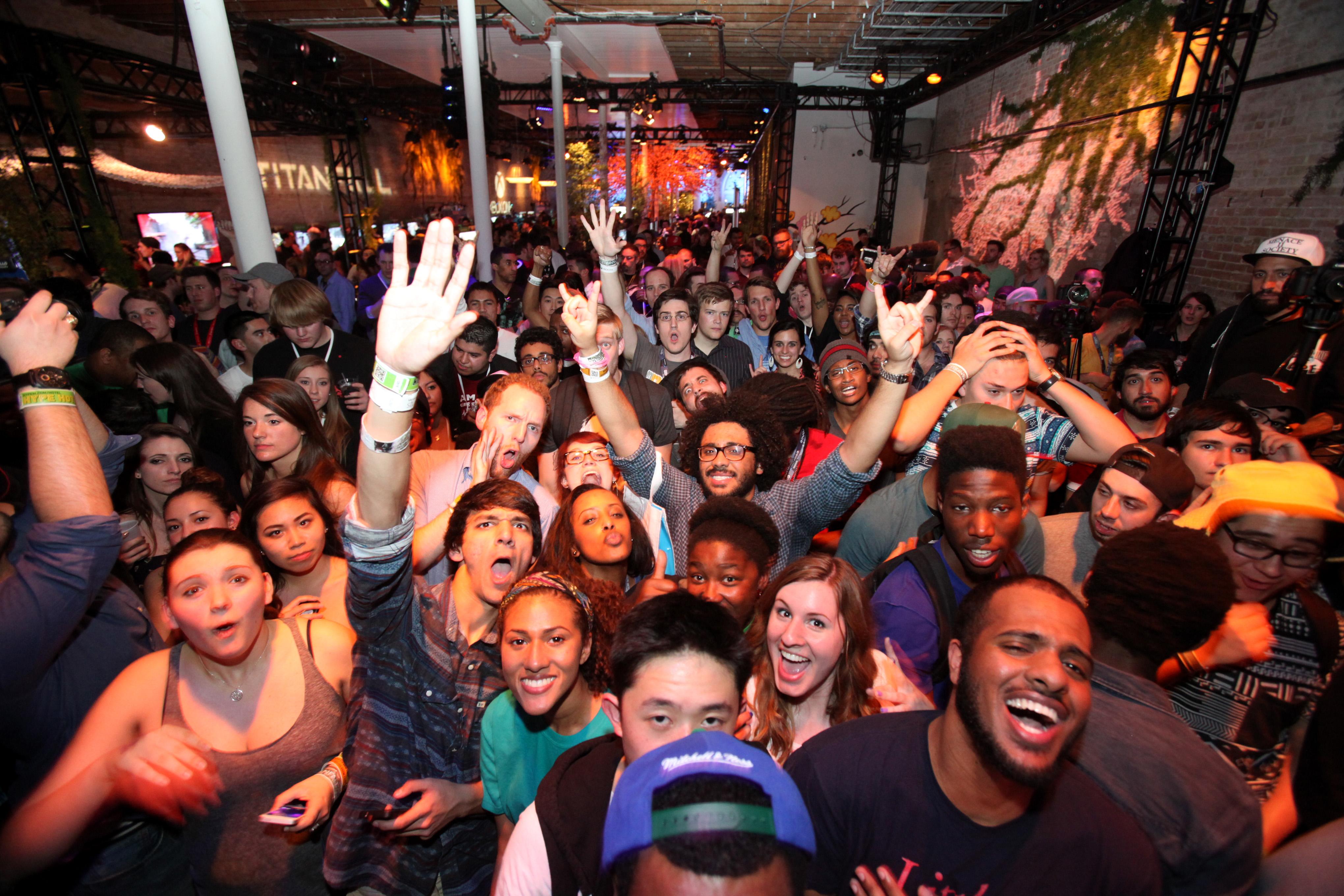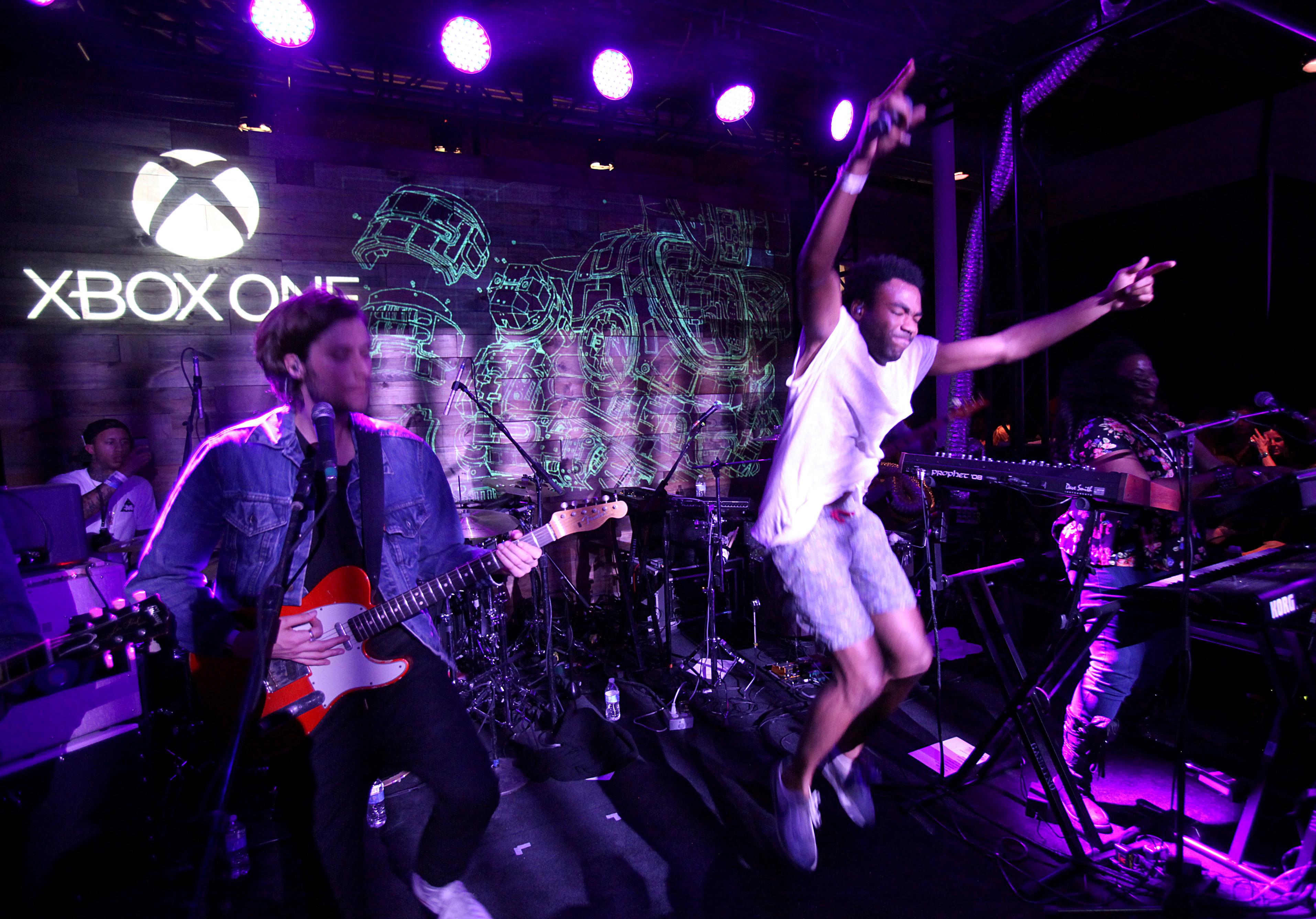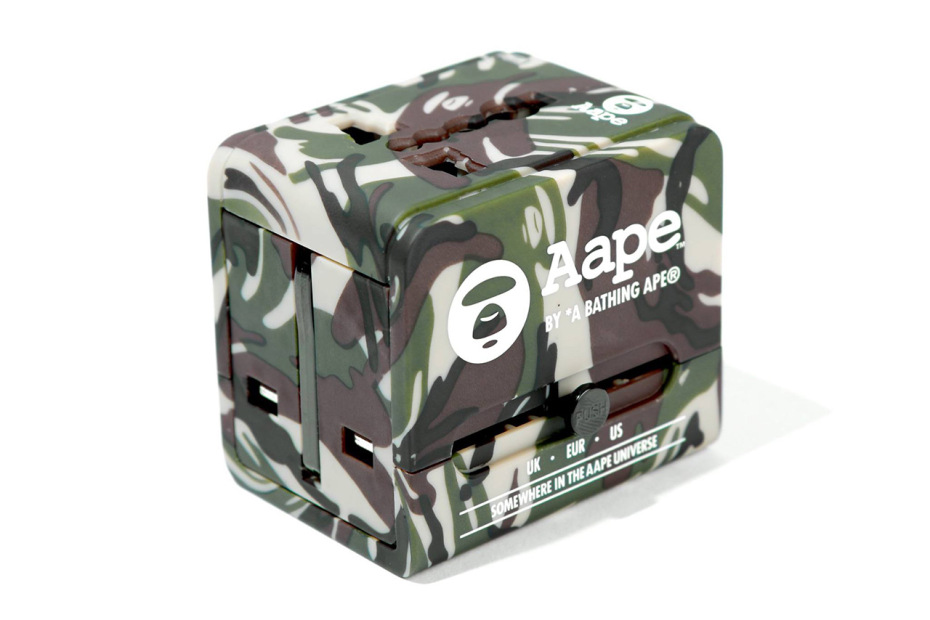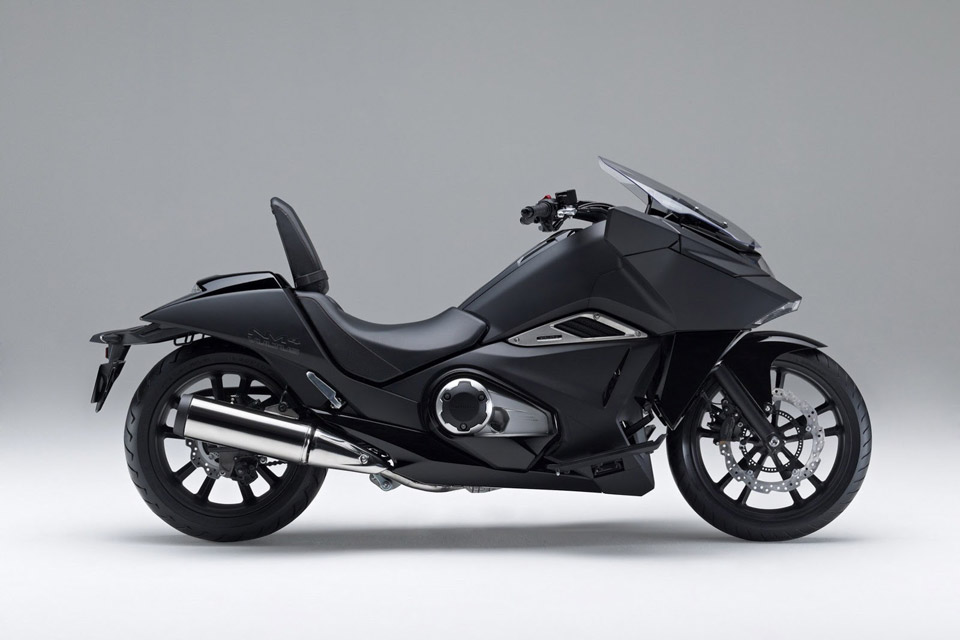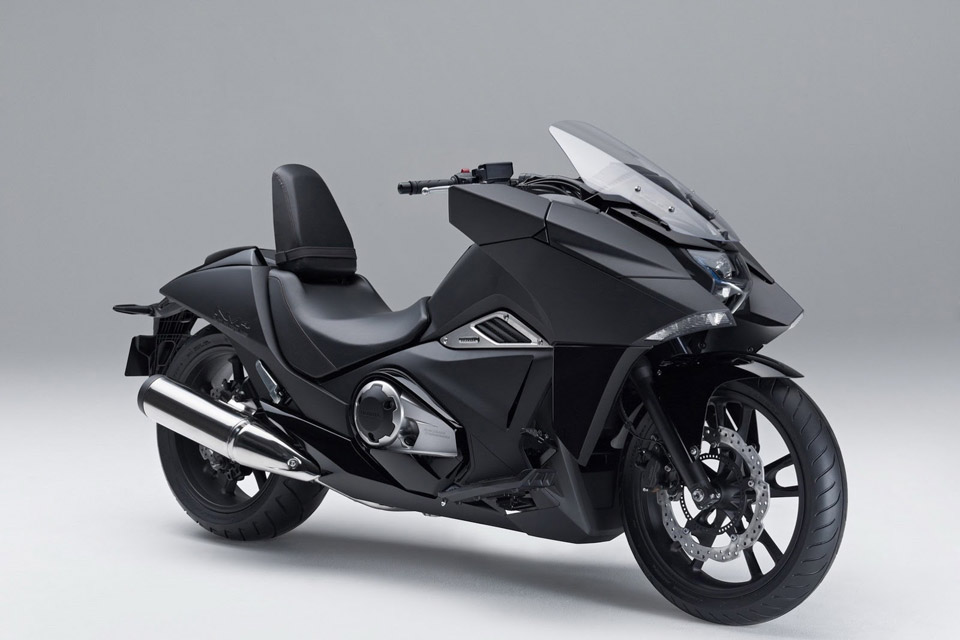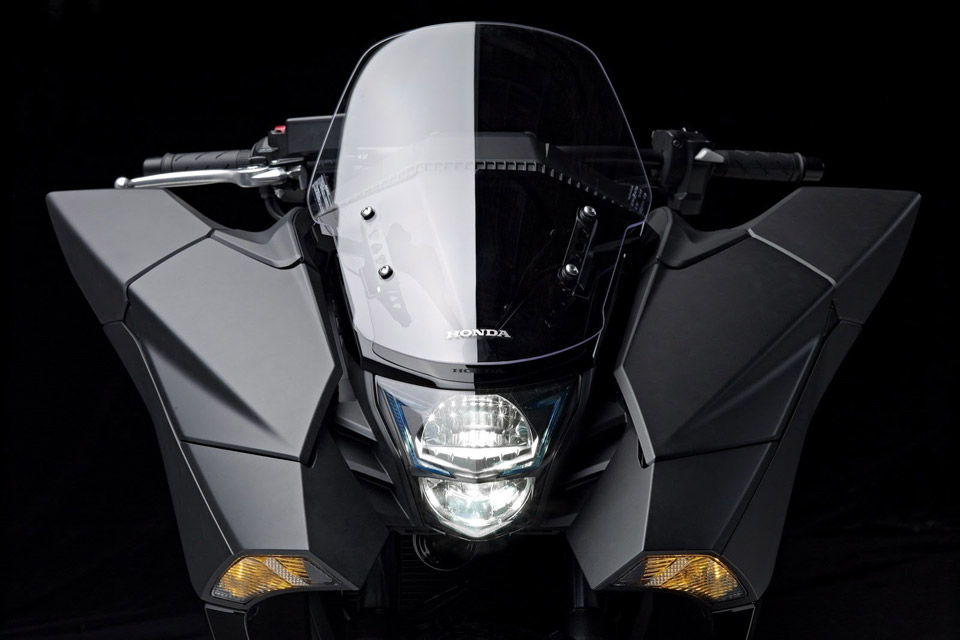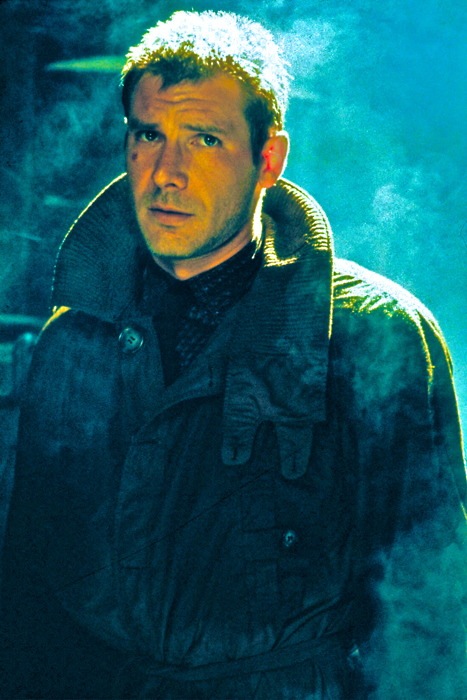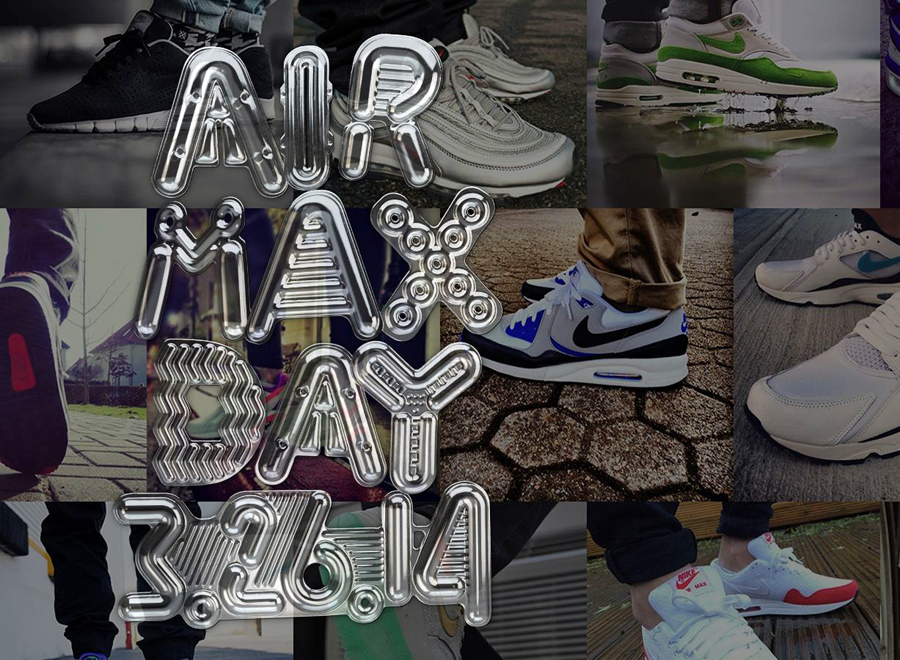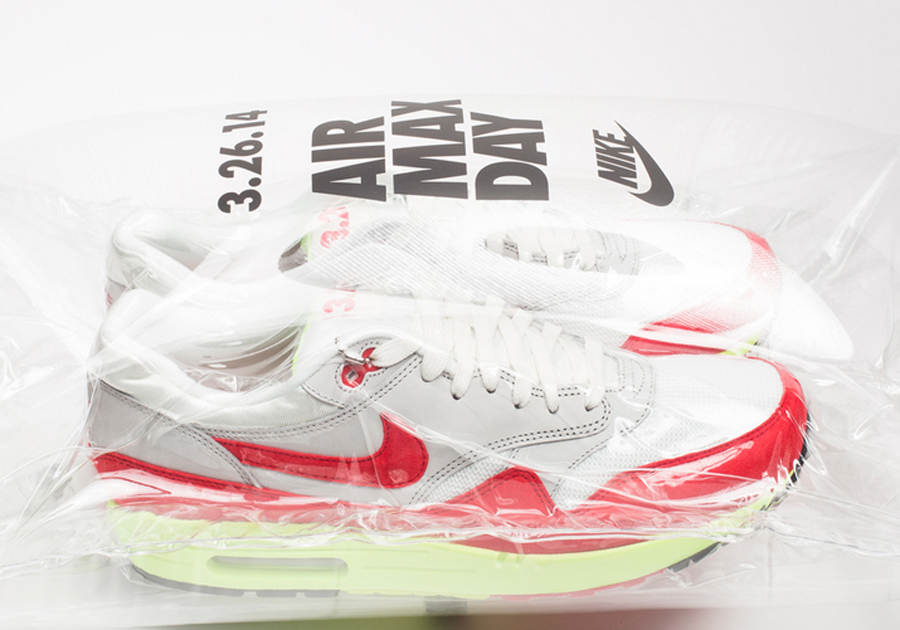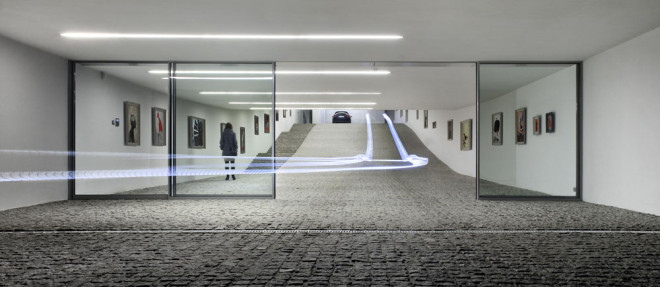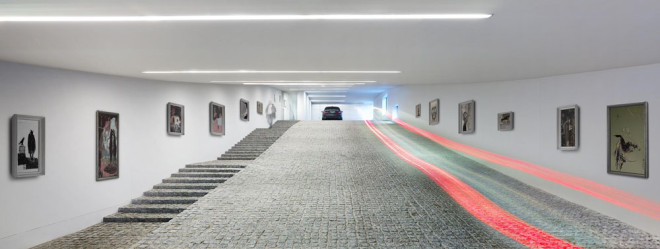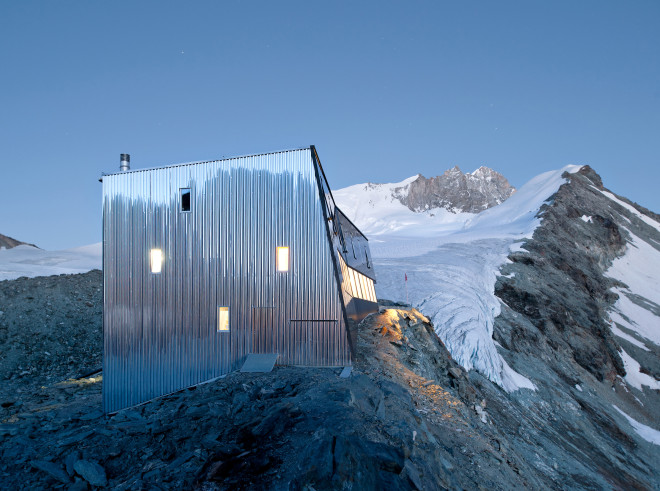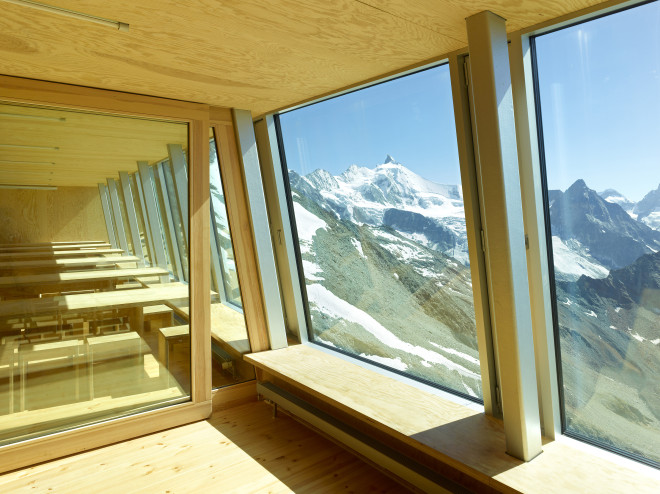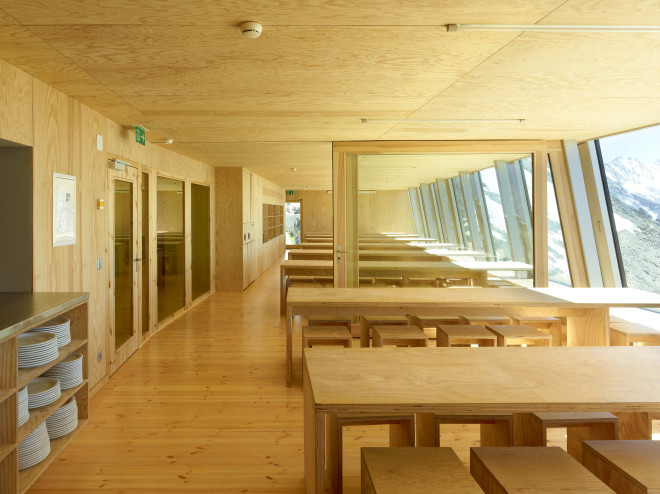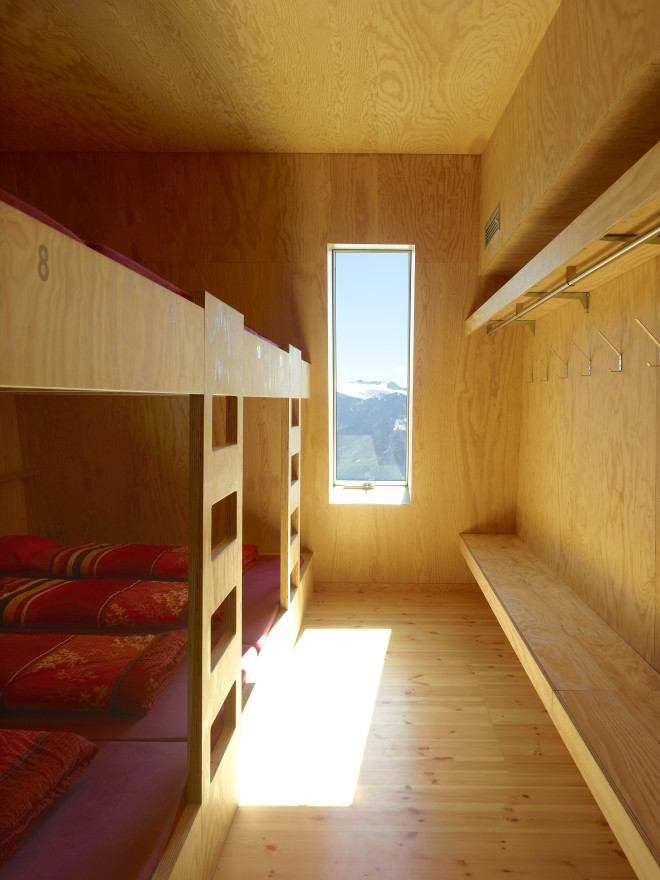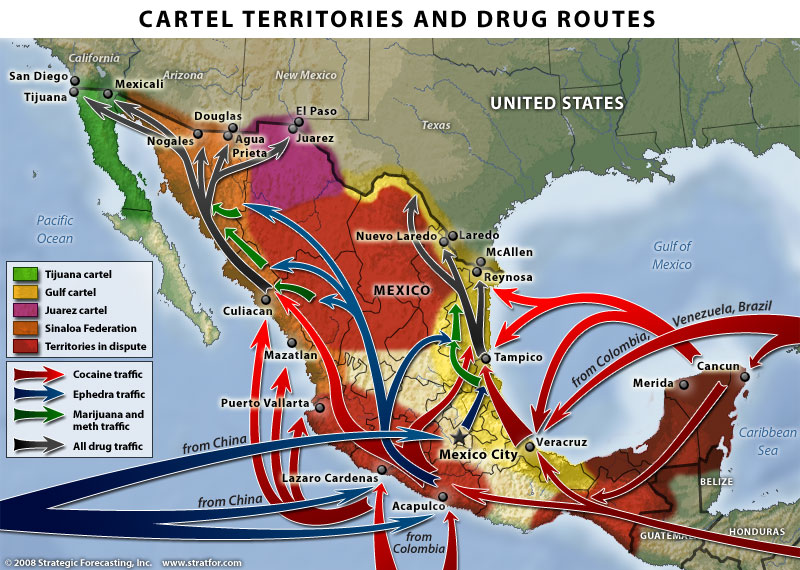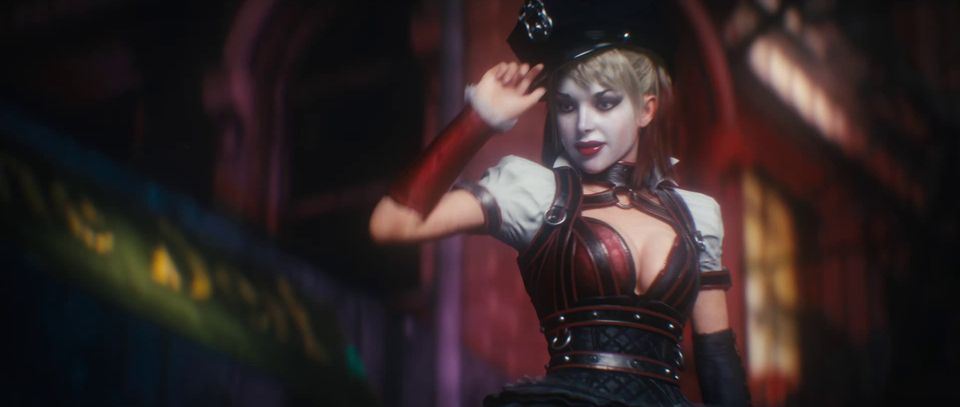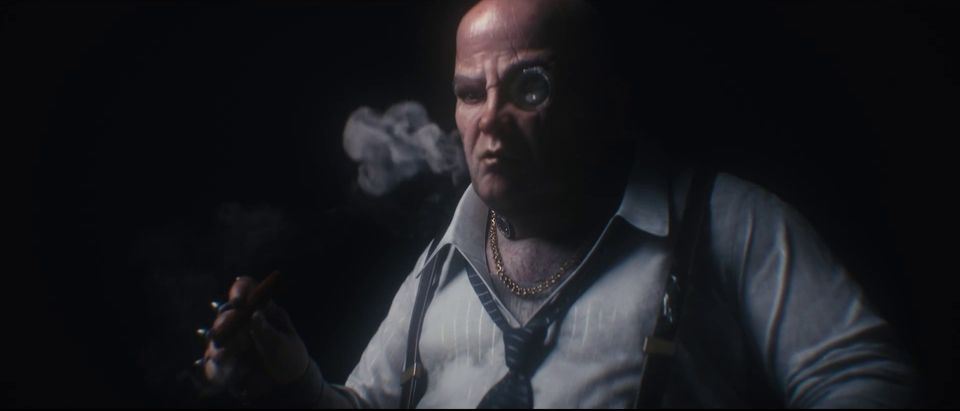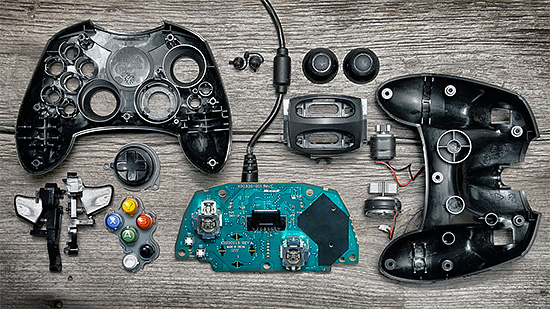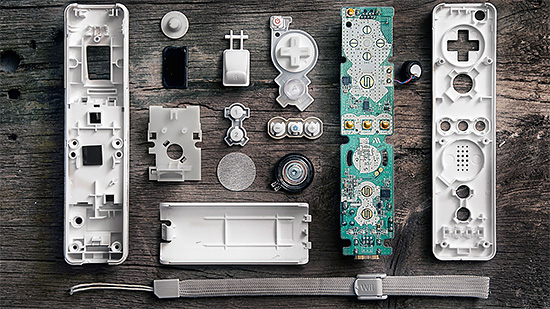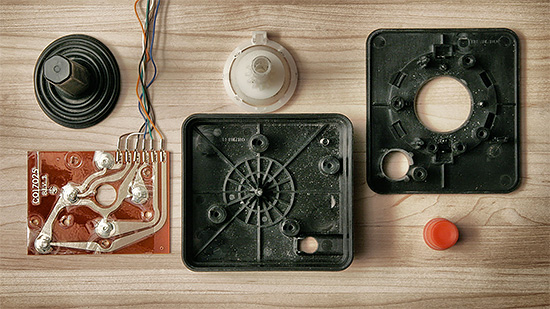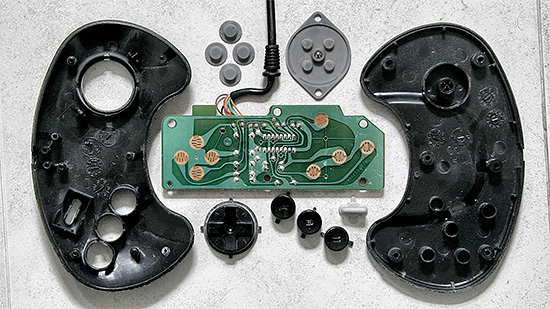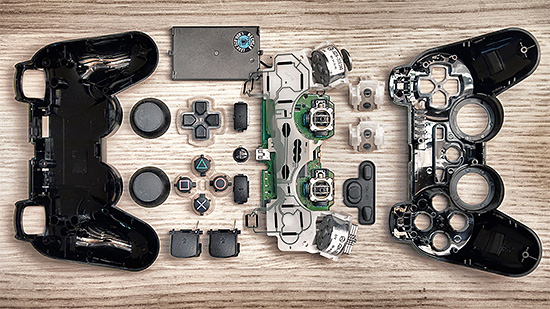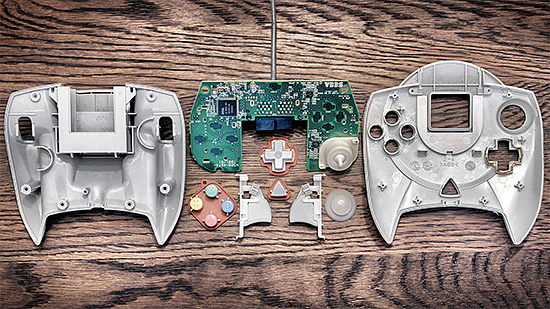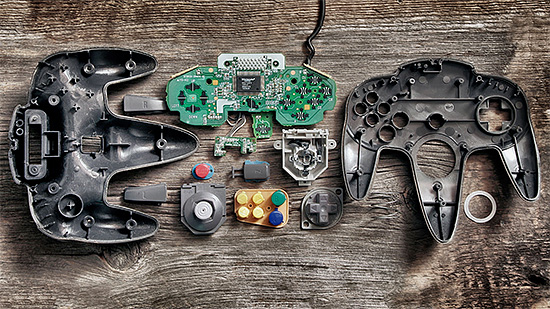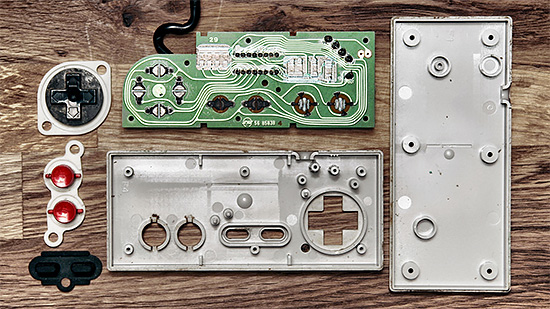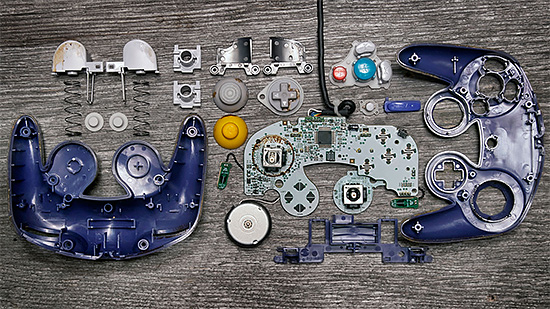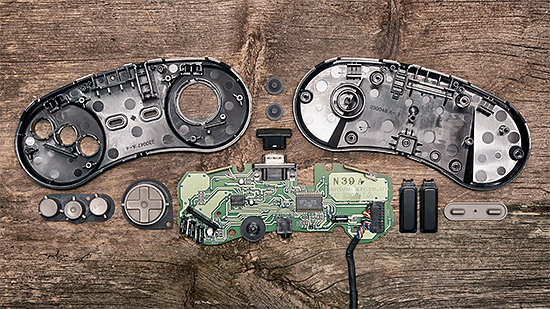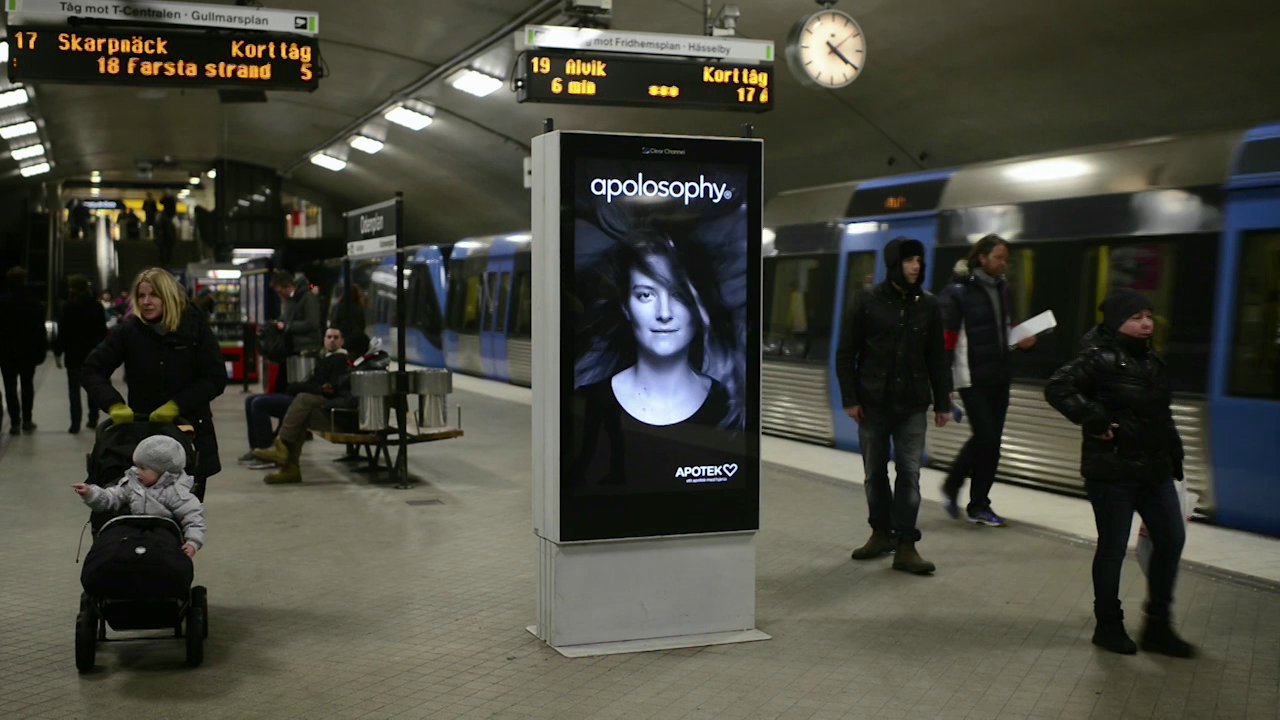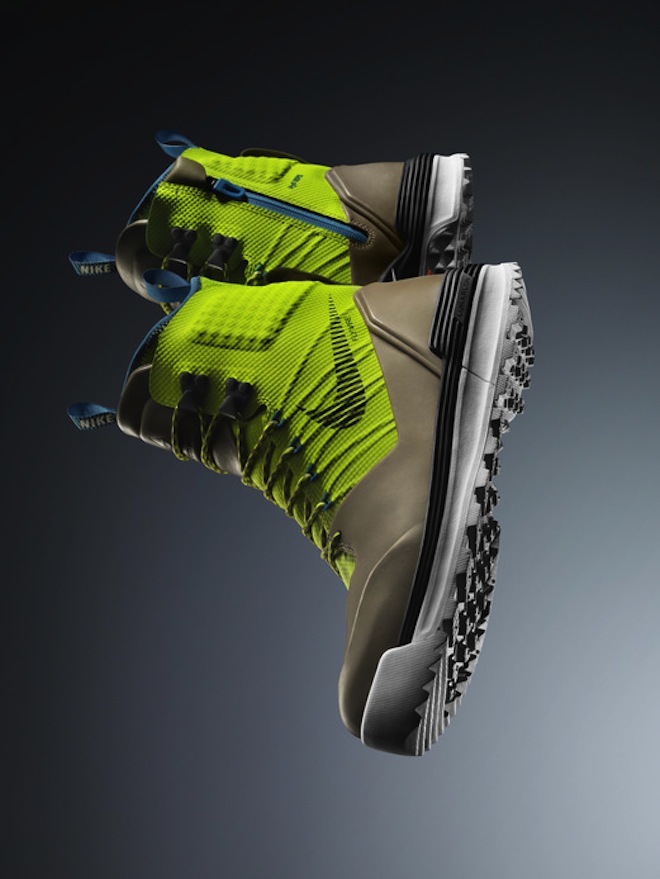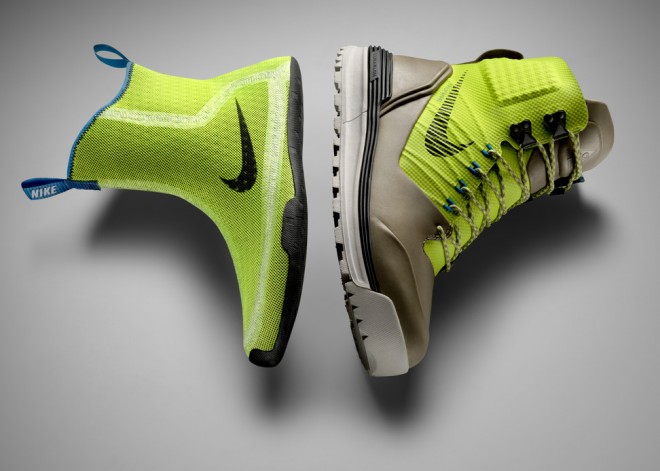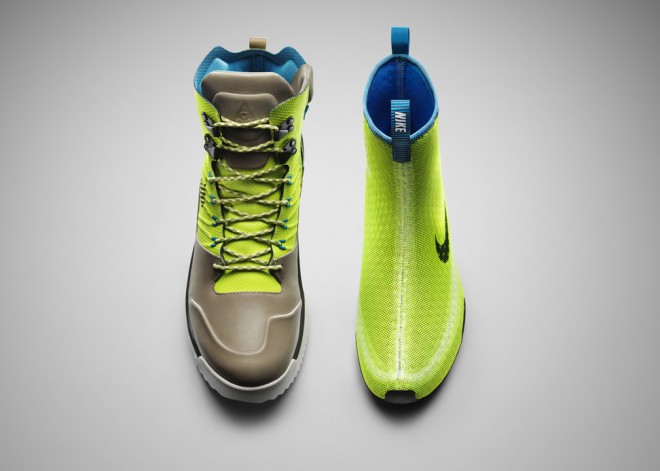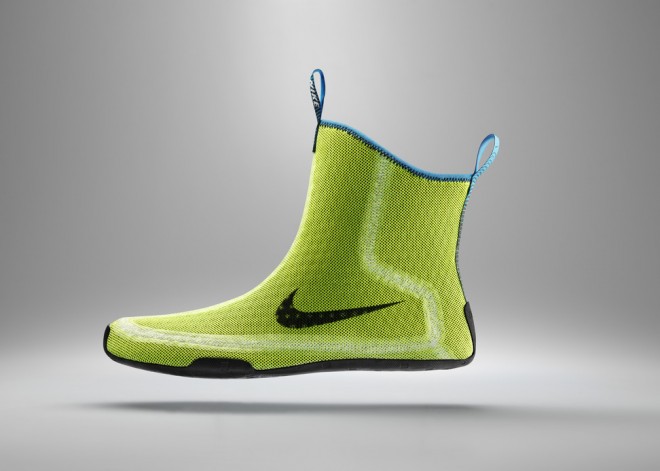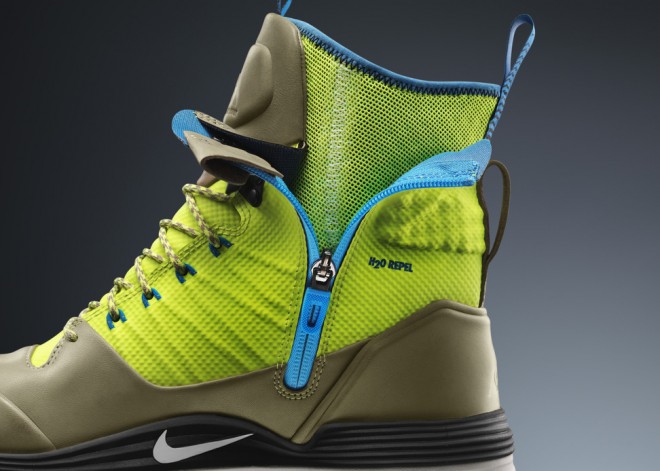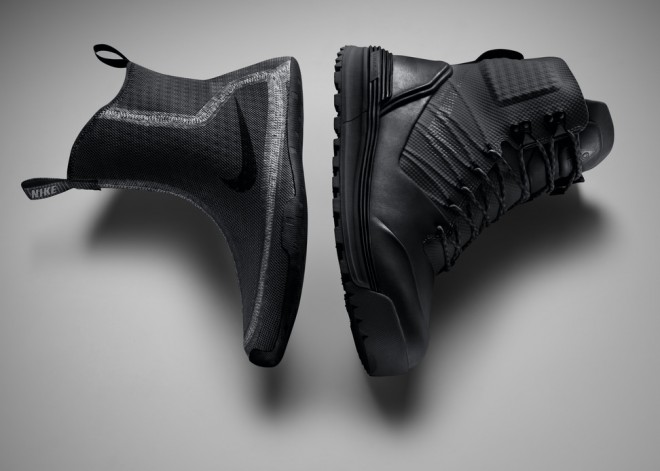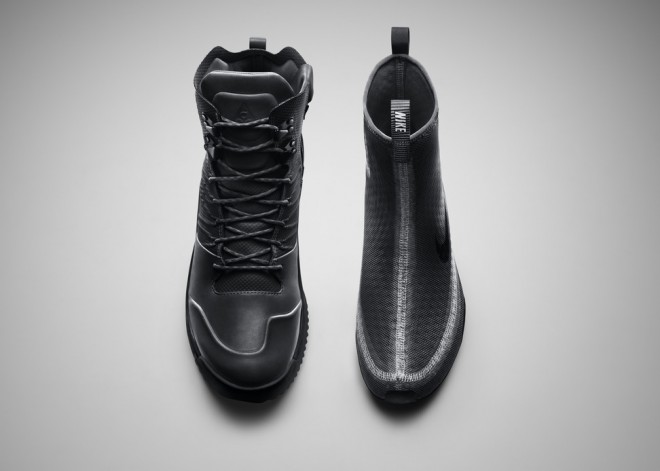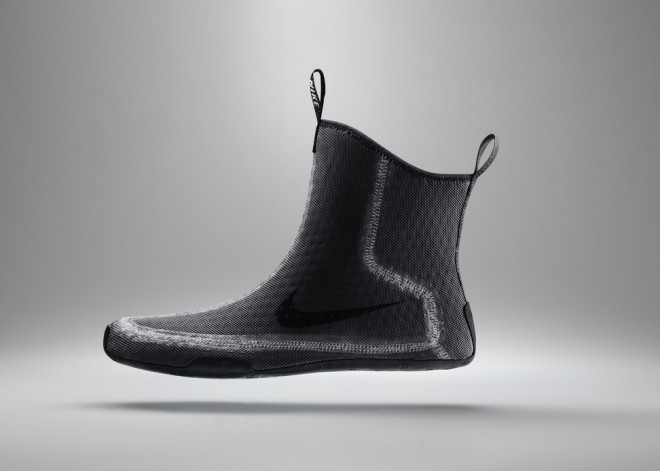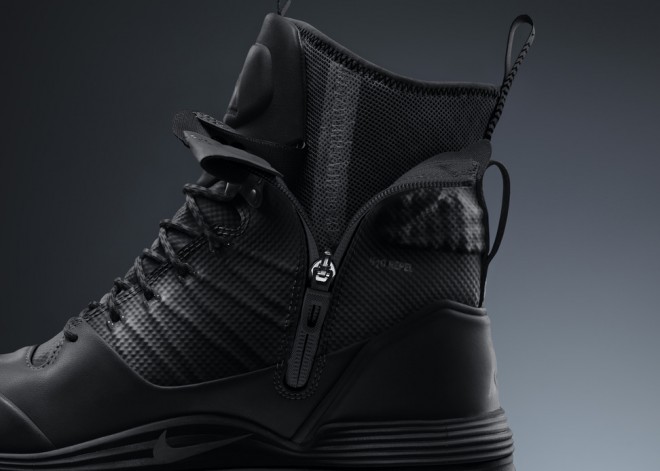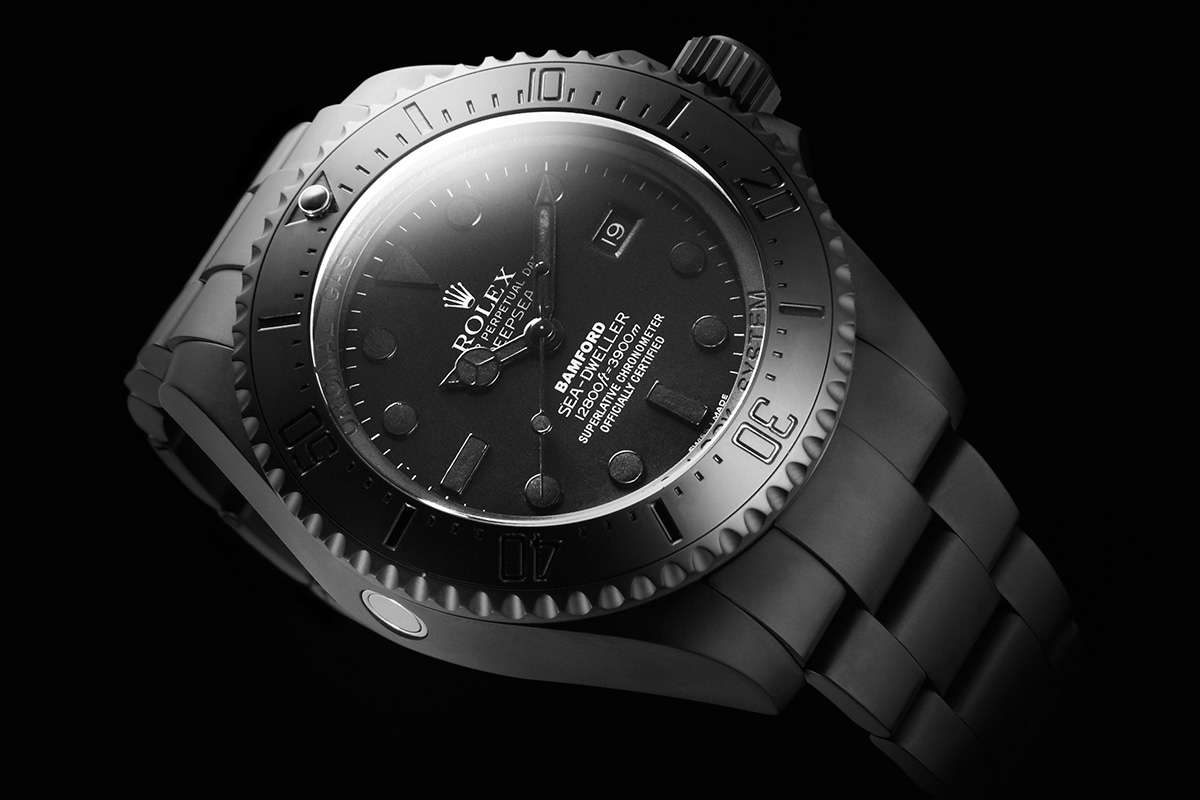Category Archives: TECHNOLOGY
Free to Play: The Movie
FREE TO PLAY is a feature-length documentary that follows three professional gamers from around the world as they compete for a million dollar prize in the first Dota 2 International Tournament. In recent years, E Sports has surged in popularity to become one of the most widely-practiced forms of competitive sport today. A million dollar tournament changed the landscape of the gaming world and for those elite players at the top of their craft, nothing would ever be the same again. Produced by Valve, the film documents the challenges and sacrifices required of players to compete at the highest level.
Jordan Wolfsons Terrifying Animatronic Dancer at David Zwirner
Though animatronics were developed by Walt Disney in the 1960s, there is nothing Disney-esque about the animatronic doll currently on view at David Zwirner Gallery. Dancing before a large mirror in a private room in the gallery, which visitors can enter two at a time, this work by 33-year-old artist Jordan Wolfson is dressed in a scanty white body suit, thigh-high patent leather boots, and has dirt marks across her body. When she locks eyes with you, it’s like nothing you’ve ever experienced, and you kind of want to run.
“My mother’s dead. My Father’s dead. I’m gay. I’d like to be a poet. This is my house.” These words seem to emanate from the doll, but the voice is that of a man—Wolfson’s recorded voice, in fact. Adding further tension to the display, the doll’s face is obscured by a dark “witch” mask that renders the doll somewhat threatening while you’re simultaneously drawn in by her seductive movement and her gaze. The doll, which has been designed with the help of a special effects studio in Los Angeles, comes replete with facial recognition technology so that when you look at her, she looks right back at you while she shimmies.
The overall effect of the sexy doll in the witch’s mask is similar to that of Wolfson’s videos, some of which feature animated characters that have both alluring and repellent qualities. Animation, masks, a 2011 video, features a stereotypical Shylock-esque Jew who alternates between flipping through a Vogue magazine and “speaking” directly to the viewer, though the speech heard is a sexy dialogue between a man and a woman.
The exhibition, which runs through April 19, at David Zwirner’s 19th Street compound, also features Wolfson’s video Raspberry Poser—which is making its New York debut—along with several sculptural wall works composed of inkjet prints and bumper stickers. As for the doll, call ahead. Time slots must be reserved.
Skateboard Footwear Leaders Speak on the Future of a Culture in a Profoundly New Market
The debate surrounding mainstream footwear’s impact on skateboarding has been the focus of heated political dispute and industry navel gazing since Nike successfully bellied up to skateboarding’s table in 2002. Today though the speculative years are largely over with non-endemic brands standing as top sellers globally – leaving many of the skate industry’s independent footwear manufacturers faced with new challenges for the future.
Highsnobiety contacted some of these industry decision makers to weigh in their perspectives on the skate shoe business, product innovation, and mainstream athletics’ impact on the market and culture overall. Among them is etnies owner and founder Pierre Andre Senizergues, HUF founder Keith Hufnagel and Lakai Brand Manager Kelly Bird.
For a group who’s witnessed more than 20 years of skateboard industry evolution both as pros and executives, how would you describe what’s going on in skateboarding today from a footwear manufacturer’s point of view?
Hufnagel: It’s a complicated situation we’re in right now. In recent years we’ve seen major corporations make their way into skateboarding, which has really changed a lot of the structure of our culture and industry. On one hand a lot of money has been invested into skateboarding, but oftentimes it’s not quite clear if those resources are being distributed to the right people. Yes, there are some pros these days that are able to make a great living off skateboarding, which is amazing, but it’s a sad day for skateboarding when skateboard footwear and the industry in general is becoming more and more controlled by these big corporate companies. The more accepted these big corporations become in skateboarding, the harder it is for the smaller, independent brands to compete and maintain a voice, which unfortunately results in the corporations having a large influence on the direction and shape of skateboarding.
Senizergues: It seems that a lot of skateboard shoes have lost their reason to be a skateboard shoe by following commodity trends or by simply not being manufactured by skateboarders.
Bird: Let’s just say that the “independent” cheerleading happening at today’s board wall is noticeably lacking by the time you arrive at the shoe wall. I can’t imagine that irony is lost on everyone. You can’t check a kid’s gear and automatically draw the conclusion that you’re the only two kids in school that know what Thrasher is anymore. You and the quarterback show up to school in the same outfit and neither one of you think it’s weird. He actually invites you to his party now instead of trying to flush your head down the toilet. You go to his party and have an awesome time. He lets you borrow his copy of Thrasher the next day, then Lil Wayne calls you to go skate.
Major athletic footwear companies have pretty well assimilated themselves into the skateboard industry – sponsoring top pros, creating new products, and promoting and building global events and contests. Do you all agree? Is there still some wariness about their presence and motives in the industry? Is the fact that they’re from “outside” skateboarding still a relevant issue to end consumers?
Bird: It’s obvious they’ve done pretty well at achieving their motives, so if people are still weary at this point, they’re a little late to the party. If the ultimate goal is to make skateboarding a wholly owned subsidiary of a global brand, then yeah, that’s not that rad. Who knows if that’s really the plan, but when the need to constantly show growth is an undeniable sequence in your DNA, it fuels the weariness.
Hufnagel: When you’re a skateboarder, whether you’ve started your own brand or depend on your sponsors for your next check, you are investing your time and hard work for the love of it – you wake up to go skateboard or work because you are psyched on skateboarding and want to involve yourself in it as much as you can. So when it comes to decisions being made about skateboarding by people that are not personally invested out of a passion for skateboarding, then it becomes a concern as to their motivation.
We’ve seen skateboarding rise in and out of popularity, and when it has fallen out of fashion, when there is no money to be made, we have seen those “outsiders” just move onto the next big thing. Skateboarding, at this point, is a billion-dollar industry, and these are companies interested in expanding their footwear categories – skateboarding is a perfect industry to do it in. For the majority and younger generation though, there seems to be very little wariness about the big boys coming in. It used to be looked down upon, but these days no one talks about it anymore. In this sense, being from the outside no longer matters. These big companies have put in a lot of money and effort; have brought in enough people to the point that no one sees them as outsiders, especially the youth that have essentially grown up with these brands available to them.
The industry is now seeing the first generation of skaters who’ve never known a skate shop wall without Nike, adidas or Converse on it. What about this new generation of skaters themselves? Are they somehow different from skaters from previous generations?
Senizergues: The ’70s generation has grown up with skate shops that most likely had no shoes in store. The ’80s ushered in the introduction of skate shoes in skate shops. The ’90s skate shop became footwear stores as well as skate shops. In the millennium we saw giant sports brands show up and now their skate shoes can be found everywhere in heavy mass distribution. The challenge is that with the presence of this, skaters have a lot of options to shop elsewhere than skate shops. Perhaps this new generation of skaters will find that skate shops are the place to find unique product and brands.
Bird: I’m guessing the reasons kids start skating today aren’t entirely the same as they were in the past. But regardless of what draws you in now, I’m also guessing what keeps you hooked hasn’t changed. There’s no feeling like it and there never will be no matter what decade you were born. We’re just not outcasts anymore. Some people like that, some are still nostalgic for the days when we were. An ollie today still feels the same way it did in ’84 though.
Hufnagel: The next generation will not be any different – if you love skateboarding, you love skateboarding. Times change, companies go in and out of favor, one kid starts skateboarding one day and another person stops the next – it’s all relative. This is just a new generation and we all have to deal with it.
Do you believe the values of the big footwear companies’ business are in cultural conflict with the values of skateboarding? Have in some way those values permeated or changed the cultural fabric of skateboarding?
Senizergues: Yes, the values of mega corporations definitely interfere with skateboarding values and our culture. Their interest is a focus on money, not on preserving or progressing skateboarding culture. They try to control and change us within their own competencies. The best example of this is by trying to make skateboarding a sport. For those of us who grew up skateboarding, we know that skateboarding is an art, not a sport. It’s natural for brands outside of our industry to want to capitalize on what we have created and try build in our skate community – these companies are driven by their bottom line and so they see opportunities to generate significant revenue. They came in with their giant structure and resources. No one is surprised that they have been able to do this. Competition always pushes us to be better, that is the normal course. But what bothers me is that they lure our industry by investing in market share with no guarantee that they will stay.
Hufnagel: Yes, I think the values have changed. When skateboarders get kicked off teams for smoking weed, getting too drunk or just doing one stupid thing, then things have changed. With skateboarding becoming so commercialized, there are sacrifices to be made on both ends. The big companies have to realize what subculture they have gotten involved with and deal with everything that comes along with it. But skateboarding has also changed as it has become more mainstream. For better or for worse it’s just not what it was before. This discussion is for the older crew and maybe some of the young guys, but I don’t think most people care anymore or even understand.
Some argue independent brands should use the competition from the majors as an opportunity to become more inspired with their own businesses – to become tougher and more innovative. Do you agree? Are there limits to that position? Is there a point where you simply can’t compete?
Senizergues: You can always innovate, even being small. Innovation is what drives entrepreneurship, which is how people can change the game. It’s important to remember that all brands before becoming sizable started small. There are always ways to compete. I also think everybody needs to evolve to make skateboarding happen by innovating – whether that’s through their brand, at the retail level, and at the rider level – it’s what keeps our culture going. The culture is at a core level but it comes to life in an impactful way when you get skateboarding involvement out in the larger community. It does something to spark movement.
Bird: Of course, but it’s not like the brands that were once prevalent on the walls at skate retail didn’t have what it took to compete from an infrastructure standpoint. What most of them lacked was good foresight and a check on their hubris. They thought the party would never end and then got caught out there fully exposed in nothing but some bro boots when it did. That’s the real lesson. You can always compete if you’re paying attention and thinking further ahead than the next trade show party.
Hufnagel: Using the competition as a driving force is important. Skateboard brands need to get more creative and take their business to the next level. There’s some point where it’s either you sit there and complain or you do something about the situation. Yeah, the competition can be difficult, but you have to get up and fight for your piece of the pie. There are always limits, but there are also a million ways to be creative and innovative in order to work around those limits. You can always compete – you just have to find the way that works best for you or your brand. Rather than talk about the situation, you have to make an effort to create the situation. And I feel the underground will always have the advantage. Maybe not in money, but in design and culture and having its ear to the ground.
Skateboard brands have traditionally relied heavily on assembling the best team of pro riders possible. Does marketing in this sense ultimately prevail over product?
Senizergues: Footwear product is always king to me – we have to deliver the best product in order to be true to who we are. We definitely believe that team marketing plays a crucial role as it is the megaphone about the product that we deliver. I believe skaters still think for themselves and are not influenced as much as people may assume by marketing. Rather they choose what they believe is good for them. Today with the digital age, marketing has become more available to everyone – in essence it has democratized demand creation and has evolved in new ways. This is a major change and allows for new beliefs to be shared that can change the market. I bet some surprises are coming along this way for us to see.
Hufnagel: No way – not these days. You need to have product that is as good as your team. If your product sucks, the team means nothing. Everyone is good at skateboarding these days, so there has to be a balance. You have to have product that your team backs and your fans back. You can’t just pay some superstar an outrageous amount of money to wear shoes that suck. People see right through that these days. Of course you want to put together the best team possible, but you also want to make shoes that they are genuinely psyched to represent.
Would you say that pros are more of a commodity now than ever? How does an independent brand compete when riders can be easily lured away by the competition to the tune of hundreds of thousands or more?
Senizergues: No matter what era in skateboarding, top riders always have been presented with better financial offers. Skate companies must compete with what they can offer and sometimes that isn’t represented in a dollar amount. Sometimes it’s simply about being committed to skateboarding.
Hufnagel: I did it. I gave my riders freedom and an opinion. The riders really just want to be creative and continue to do what they have been doing their whole lives on a skateboard. There will always be the ones that get away but they may look back and wish that they had gone with the smaller guy. I see it all the time now. I was a very small company when we first started and wanted all the rad riders, but couldn’t take them away from the money. I would tell the guys that had big offers to just go do it and not worry about it, because in the end you have to look out for your own career as well. I guess the best thing is to just work on establishing a brand that people are psyched to ride for, even if it means making less.
Bird: You stay true to who you are even when it’s not the most popular thing to do from a sales standpoint. That doesn’t appeal to everybody, but it appeals to the people we want to be associated with, and there are still enough of them out there.
Can you blame pros for chasing the biggest contracts they can get? How much responsibility do pros have in this sense with the choices they make?
Hufnagel: You can’t blame them. It’s a life choice. Skateboarding can be a very profitable career these days, but pros still have to take responsibility for the decisions they make – and that doesn’t always mean taking the higher offers. I’ve seen some people make career choices that they’ve fully regretted later down the line. It’s important to believe in the brand that you choose to ride for and understand that signing a contract with a big corporation means branding yourself with that company for the term of the contract.
Senizergues: I am not a judge of what other skaters do. I will never be able to understand their own social and economic reasons for the choices they make. I always stand for skateboarding – dedication, commitment and passion for our culture. There are still pros out there that believe the same way that I do. I am also encouraged and inspired by the amount of great skaters in our community that demonstrate great loyalty to skateboarding. I have to say that I’m not just inspired, I’m humbled by it. I am humbled and honored when someone who has the same lucrative options presented to them, yet chooses to remain on a team with people who are working hard toward the same goal of progressing skateboarding.
Bird: Skateboarding has always been an inherently shortsighted venture because there is no players union out there trying to look out for you during or after your career. Skateboarders have been taken advantage of at every turn, which unfortunately has fostered a lottery mentality in most of them. Hopefully, when they do hit it, they do things not just for themselves, but they do things that will foster opportunities for future generations to realize the same dreams they had. That’s where the responsibility lies. There are guys doing it but it would definitely be cool to see a few more HUFs out there.
Are there arrows in the quiver of independent footwear brands that the big footwear companies don’t have? What are they? How are they used? How effective are they?
Hufnagel: Being smaller can definitely have its advantages. You can act a lot faster to the trends and the youth. You have much more creative freedom. One of the major benefits of being an independent brand is that you don’t have to deal with all the bullshit and hoops to jump through that you encounter in big corporations. We don’t have to answer to anyone but ourselves.
Bird: The fact that you don’t have to go through way too many layers of management and three weeks’ worth of meetings to decide whether the toecap should be suede or nubuck is always a plus. Sure, being fat means you’re eating, but there’s also something to be said for being able to see your junk when you pee.
Senizergues: The arrows are based on being closer to the culture, by being more authentic, more passionate, more innovative and more involved. We’re not trying to be their size. We are just being who we are. They are always trying to grow as fast as possible and in the process of that drive for growth, they can easily lose direction on what is important to a culture.
What does the future of skateboard footwear landscape look like to you? In spite of heightened competition is there still opportunity for independent brands to step up?
Senizergues: I see retailers regaining their independence from the mega brands. They have been dictated to for far too long. Many are expressing how nice it is to have their freedom again, which allows them to be more creative and bring in more excitement to the store, which helps create demand. Skateboard shops cannot be a commodity or they will disappear like it has happened in many instances. It is still time to change and bring the future of skateboarding by being authentic, passionate, committed, and by bringing realness and excitement to make it happen. New brands can come but will require experience in our culture, innovation, and the passion to make it happen.
Bird: If there are good ideas, there is always opportunity. All I can hope is that the folks who have dedicated their lives to skateboarding are the ones that will birth and develop those ideas. Powell, Vision and Santa Cruz were the big tickets in the ‘90s, and we all know the next chapter of that story pretty well. It can happen, two feet at a time.
Hufnagel: The future is looking really bright. The market has expanded so much and so quickly, and it is time for some new blood to come in and make a name. There will always be opportunity for new brands. They just need solid designs, good production and funding to make it in this new corporate landscape.
Text by Cullen Poythress
January in Japan by Scott Gold
January in Japan is a project by director and photographer Scott Gold. He documents his travel through different parts of Japan (Tokyo, Kyoto and Yudanaka) in the winter. Japan is usually more celebrated for it Spring Sakura but it’s as beautiful and dreamy in January.
The video with shot with a Canon 5DMK3 with Magic Lantern firmware and LightForm Cinema C preset, mostly at 60p. Scott used Canon 24-105mm 4.0 IS and the Canon 50mm 1.4 lenses. The Editing was done with Premiere CC and the color correction with Colorista II and Film Convert Pro 2. The Music is Daughters by Tony Anderson.
More on Scott Gold work on his website: www.scott-gold.com
Places featured:
Tsukiji Fish Market
Gion District
Ryogoku Kokugikan Sumo Tournament
Shibuya Crossing
Shinkansen Bullet Trains
Yudanaka Outdoor Onsen
Jigokudani Snow Monkeys
Traditional Japanese Tea Ceremony
Tokyo Skytree
Fushimi Inari Shrine/Gates
Nijō Castle
Ninomaru Palace
The Making of Neon Signs
In “The Making of Neon Signs” we’re offered an inside look at how neon signs are made as master craftsmen go through the production processes from design, tube bending, gas filling and more. An 11-minute film produced by Cpak Studio for M+, the video also goes into detail about the current situation and challenges facing the endangered neon industry of Hong Kong.
Titanfall SXSW Launch
SXSW (South by Southwest) has expanded beyond its roots in music over the past few years, attracting a diverse array of people to become an annual hub of art, technology, and other cultures. Microsoft and Respawn sought to treat its gaming fans to a once-in-a-lifetime experience over the week, launching its high-profile Titanfall game in Austin. The game, which takes cues from everywhere from Gundam Wing to Blade Runner, seeks to strike a balance between multiplayer experience and immersive individual play. During our time in Austin, lead artist Joel Emslie courteously gave us his interpretation on the significance of Titanfall. With the event having something for just about everyone — including a performance by Childish Gambino
Guys Base Jump Off the World Trade Center
The only way this video could be cooler was if the guy was a master thief (who only takes from awful, Captain Planet-esque bad guys) and was making a daring escape after stealing a priceless piece of art. Apparently, they were caught and arrested within the last week (six months after the jump) and charged with “burglary, reckless endangerment and jumping from a structure.” But all in all, just CRAZY.
AAPE by A Bathing Ape Travel Adapter
In a recent promotion, the AAPE by A Bathing Ape is giving away a special power adapter to those who spend ¥20,000 or more at select locations. The stylish camouflage power adapter is equipped with multiple USB charging ports, a digital camera charger, mobile phone, and iPod/iPad port, and is compatible with power outlets in a number of different countries. The adapter is only available in limited quantities so pick up yours with a minimum purchase of ¥20,000 today at A Bathing Ape locations.
Honda Unveils Two Japanimation Style Motorcycles
At the 30th Osaka Motorcycle Show, Honda unveiled two new bikes inspired by “futuristic machines seen in the anime and manga television and film styles, known collectively as ‘Japanimation.’” The bikes include the matte black NM4-01 and its white counterpart NM4-02, with the latter incorporating utility boxes at the rear wheels on either side of its design. Both NM4s feature a 745cc twin-cylinder engine, paired with a Dual Clutch Transmission that allows the driver to switch between automatic and manual modes. The Japanese automobile manufacturer aims to reach a wider audience with the bikes, as it “represents a machine capable of crossing traditional two-wheeled lines.”
RAH-66 Stealth Attack Helicopter
The History of the Nike Air Max
The release of the original Nike Air Max made the invisible visible, runners were hooked and the world was intrigued. What began as an experiment in cushioning by engineer Frank Rudy evolved into something more thanks to Mark Parker and designer Tinker Hatfield. The introduction and development of visible Air altered the future of footwear. “Tinker’s background in structural design allowed him to architect a new dynasty in sportswear,” says Nike. “Postmodern Parisian towers, with transparent walkways and bold pops of color, would prove instrumental to the final Air Max design.”
Honoring 27 years of greatness, Nike has declared March 26 to be Air Max Day. To celebrate the special occasion, the sportswear giant will be releasing the Nike Air Max 1 “Air Max Day” edition. For more on the history of the Air Max be sure to visit the brand’s official website.
The Autofamily House has an outrageously cool garage
Polish architecture firm Robert Konieczny designed the ‘Autofamily House’ with an extra long indoor driveway that leads to the entrance of the house. Really cool and extremely different.
Modern Hut in the Swiss Alps
It has a 116 beds, beautiful views, a solar collector, and is only accessible via helicopter. Sounds like the perfect getaway for anyone who is a member of the swiss alpine club, who owns it. The modern materials and minimal interiors are an awesome juxtaposition to the typical lincoln log cabins you see in the snow.
Mexican Drug Cartel Boss Joaquin ‘El Chapo’ Guzman caught
The Daily Mail Article –
As Mexican marines forced their way into his main hideout in Culiacan just days ago, Guzman slipped out of through a secret door beneath a bathtub
He climbed down a corrugated steel ladder into a network of tunnels and sewer canals that connect to at least seven other houses in Culiacan, officials said
A set of photographs show the houses that appear unremarkable from the outside
But at each residence, the Mexican military found the same thing: steel reinforced doors and an escape hatch leading to a series of dank, smelly interconnected tunnels in the city’s drainage system
While Guzman escaped through the tunnels on this occasion, days later he was ultimately arrested after fleeing to the beachside resort of Mazatlan
Fascinating images have emerged showing the intricate tunnels through which the world’s Most Wanted Drug Lord Joaquin ‘El Chapo’ Guzman escaped last week only to be nabbed days later at a beachside resort.
As Mexican marines forced their way into his main hideout in Culiacan just days ago, Guzman, whose nickname means ‘Shorty,’ slipped out of the home through a secret door beneath a bathtub.
He then climbed down a corrugated steel ladder into a network of tunnels and sewer canals that connect to at least seven other houses in Culiacan, officials said.

Elaborate tunnels: Guzman escaped firstly through an open steel reinforced door leading to a series of interconnected tunnels in the city’s drainage system in the city of Culiacan. The above picture shows one of about seven of these doors

Caught: Just days after infamous Guzman escaped through the tunnels, pictured, linking his Culiacan homes, he was finally accosted at a beach side condo
Got him: Joaquin ‘El Chapo’ Guzman, pictured, was arrested Saturday but days earlier he evaded authorities by escaping through the tunnels
The photographs show the houses that appear unremarkable from the outside, but at each residence, the Mexican military found the same thing: steel reinforced doors and an escape hatch below the bathtubs.
Each of the trapdoors led to a series of dank, smelly interconnected tunnels in the city’s drainage system.
An Associated Press reporter who walked through one of the tunnels had to dismount into a canal and stoop to enter the drain pipe, which was filled with water and mud and smelled of sewage.
About 2300 feet in, a trap door was open, revealing a newly constructed tunnel.
Large and lined with wood panels like a cabin, the passage had lighting and air conditioning.
At the end of the tunnel was a blue ladder attached to the wall that led to another of the houses Mexican authorities say Guzman used as a hideout.
Working on the information gleaned through wiretaps and from Guzman’s bodyguards who were arrested in a series of raids from February 13, marines swarmed the house of Guzman’s ex-wife
But they struggled to batter down the steel-reinforced door, which gave the cartel boss the time he needed to flee.
Once law enforcement were inside, it was too late. Guzman was gone.
However, U.S. intelligence was good. Officials knew that he had been spending time at the beachside resort of Mazatlan, and they even knew where he liked to stay while there.

Way out: The drug lord went to great lengths to ensure he could escape, and the tunnels worked – at first

Intricate: The tunnels in the city’s drainage system link seven homes, including this one

Back door: Officials arrested one of Guzman’s top aides a day after he fled and the aide told investigators that he picked up Guzman from a drainage pipe and helped him flee. This photo shows another home linked by tunnels

As he traveled south to Mazatlan, leaving behind grenades, rifles, ballistic vests and armored cars, because he didn’t have time to bring them, hot on his heels was a team of U.S. Drug Enforcement Administration agents.
The DEA officers set up a base of operations with Mexican marines in the city, according to a U.S. law-enforcement officials.
Early on Saturday morning, Guzman’s reign came to an end without a shot fired.
Marines closed the beachside road in front of the Miramar condominiums, a 10-story, pearl-colored building with white balconies overlooking the Pacific and a small pool in front.

Wouldn’t know: At each residence, including that pictured, the Mexican military found the same thing: steel reinforced doors and an escape hatch below the bathtubs. Each of the trapdoors led to a series of dank, smelly interconnected tunnels in the city’s drainage system

Drug lord: Joaquin ‘El Chapa’ Guzman is led into a military helicopter following his arrest early Saturday morning

Raid: He was finally arrested during a raid Saturday at his condo, pictured, in Mazatlan, with his young wife
Smashing down the door of the condo, they seized the country’s most-wanted man at 6:40 a.m. without a shot being fired from either side.
‘He didn’t put up any resistance,’ Mike Vigil, a retired senior DEA official briefed on the arrest told The Washington Post. ‘He was physically tired from the stress of being hunted.’
The 56-year-old was marched outside in front of scores of hungry media and taken by helicopter to a maximum-security prison in Almoloya de Juarez, outside Mexico City.
It’s unclear yet whether he will be tried in the U.S. or Mexico.
Batman: Arkham Knight Trailer Father to Son
In the explosive finale to the Arkham series, Batman faces the ultimate threat against the city he is sworn to protect. The Scarecrow returns to unite an impressive roster of super villains, including Penguin, Two-Face and Harley Quinn, to destroy The Dark Knight forever.
Batman: Arkham Knight introduces Rocksteady’s uniquely designed version of the Batmobile, which is drivable for the first time in the franchise. The addition of this legendary vehicle, combined with the acclaimed gameplay of the Batman Arkham series, offers gamers the ultimate and complete Batman experience as they tear through the streets and soar across the skyline of the entirety of Gotham City.
Batman: Arkham Knight is based on DC Comics’ core Batman license and will be available exclusively for the PlayStation®4 computer entertainment system, Xbox One, the all-in-one games and entertainment system from Microsoft, and Windows PC. The game is scheduled for release worldwide in 2014.
Deconstructed Video Game Controllers by Brandon Allen
Canadian photographer Brandon Allen dissected several video game controllers to create this amazing series.
“Each controller was used and often played until it was no longer operable. Some have been physically altered, and others were damaged in attempts to fix them. This is their autopsy, a chance to compare our growth and commitment to the tools we use to game.”
Swedish Pharmacy Ad Features a Woman Whose Hair Blows in the Wind When a Train Passes
Incoming trains are blowing the hair of a female model, featured on the Stockholm’s subway platform ad, interactive commercial for Apotek, a Swedish pharmacy brand.
Nike Lunarterra Arktos is the ultimate all weather boot
If you’re constantly braving some extreme weather conditions, chances are you own a pair of boots that look significantly less cool than Nike’s latest offerings with about 1/10th the technology. Its got the crazy lightweight comfort of their athletic shoes while still being insulated enough to keep your puppies warm, thanks to a mishmash of science used in their other offerings: Flywire, Hyperfuse, etc. One of the most interesting aspects is the removable bootie that can be easily slipped out of the external layer, which is perfect for quick on and off when entering or leaving a place you wouldn’t want to drag mud, dirt or snow in. Expect to see these at Nike Sportswear retailers this month.
Bamford Watch Department Predator Deepsea
Next to the “Truehunter” Deepsea, Bamford Watch Department has also released the beautiful “Predator” Deepsea. The iconic Rolex diving watch received a clean all-matte black make-over. Furthermore the bezel comes in all-black, matching the dial, with only the writing on the dial coming in light grey. The outcome is one of the cleanest and most timeless custom Rolex’s that we have seen to date.


